
Lash Serums That Work My Favorite – 2023 Review
Lash Serums That Work and are my favourite – A Review We may get paid a commission if you buy something after clicking on one of our affiliate links here
Hydration vs Moisturization

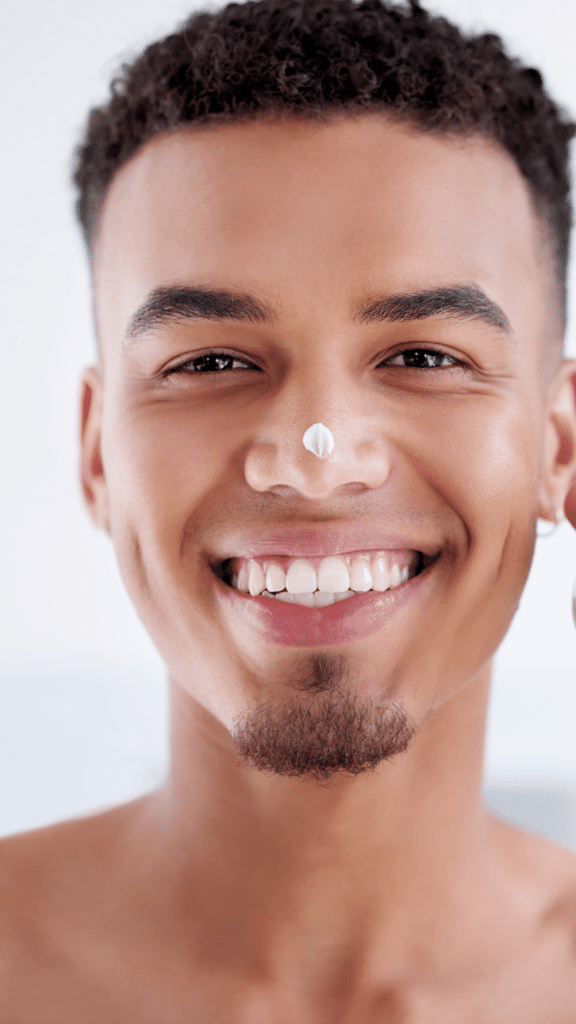
Water is essential for keeping your skin healthy, smooth, and radiant, so it’s no surprise that every skincare aisle is lined with products that claim to hydrate and moisturise skin.
However, many of us may be unaware that moisturising and hydration are not the same, but the terms are frequently used interchangeably. While both are important in giving much-needed nourishment to the skin, understanding the differences will help you make the best option when targeting your skin’s individual needs.
To visibly transform dry skin into soft, smooth, radiant skin, you need two types of products in your arsenal: a hydrator and a moisturiser. While they sound similar, these products perform distinct tasks. Hydrators draw water from the atmosphere and deliver it to the skin for added radiance, while moisturisers replenish the skin for less dryness and flakiness.
“There’s a big difference in results,” notes Mary Radford, RN, Director of Product Education at Rodan + Fields.
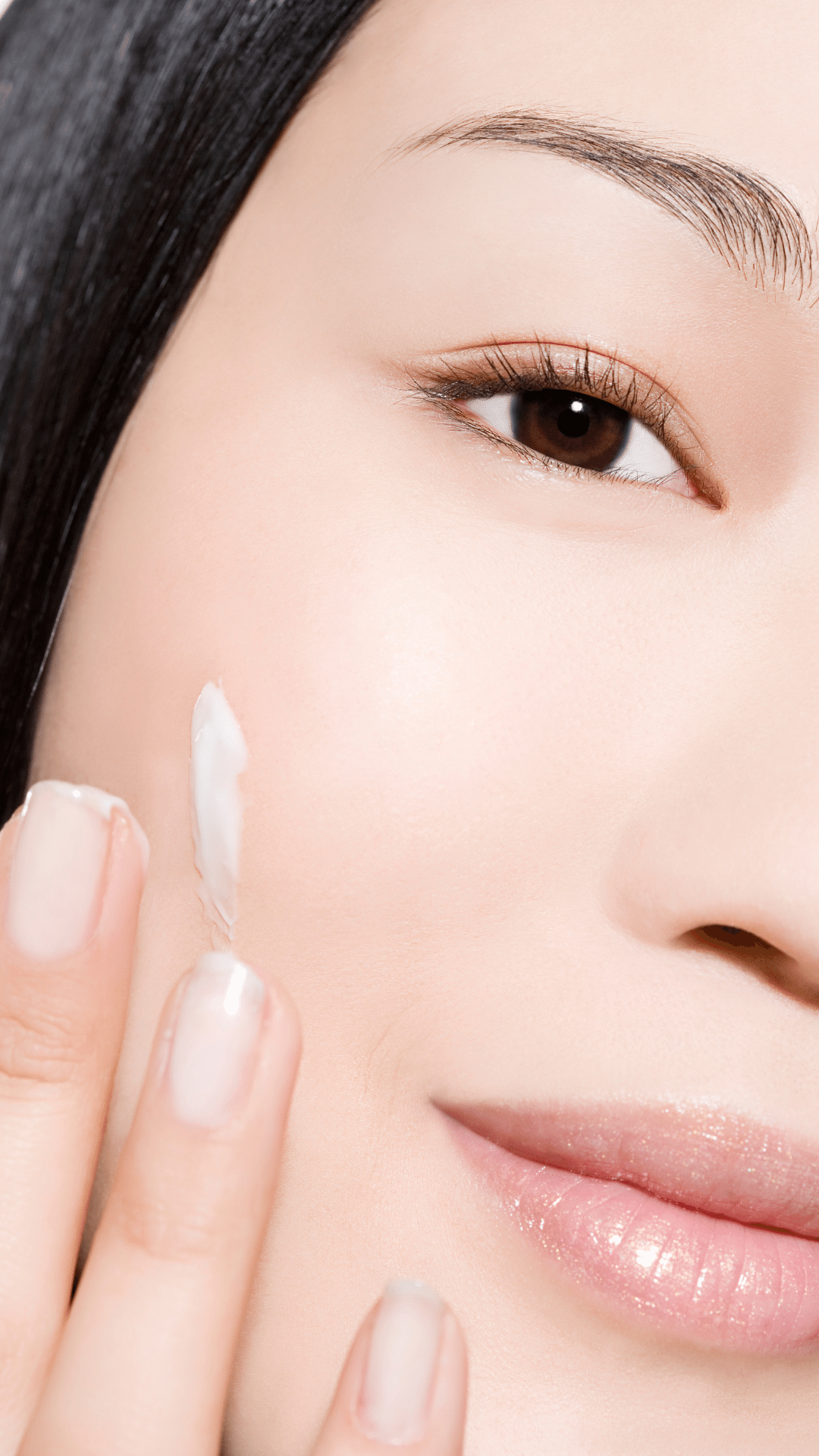
Emollients are substances that moisturise the skin (fats and oils)
occlusive squalene (oil) humectants. However, in the realm of marketing and product purchasing, the word has transformed.
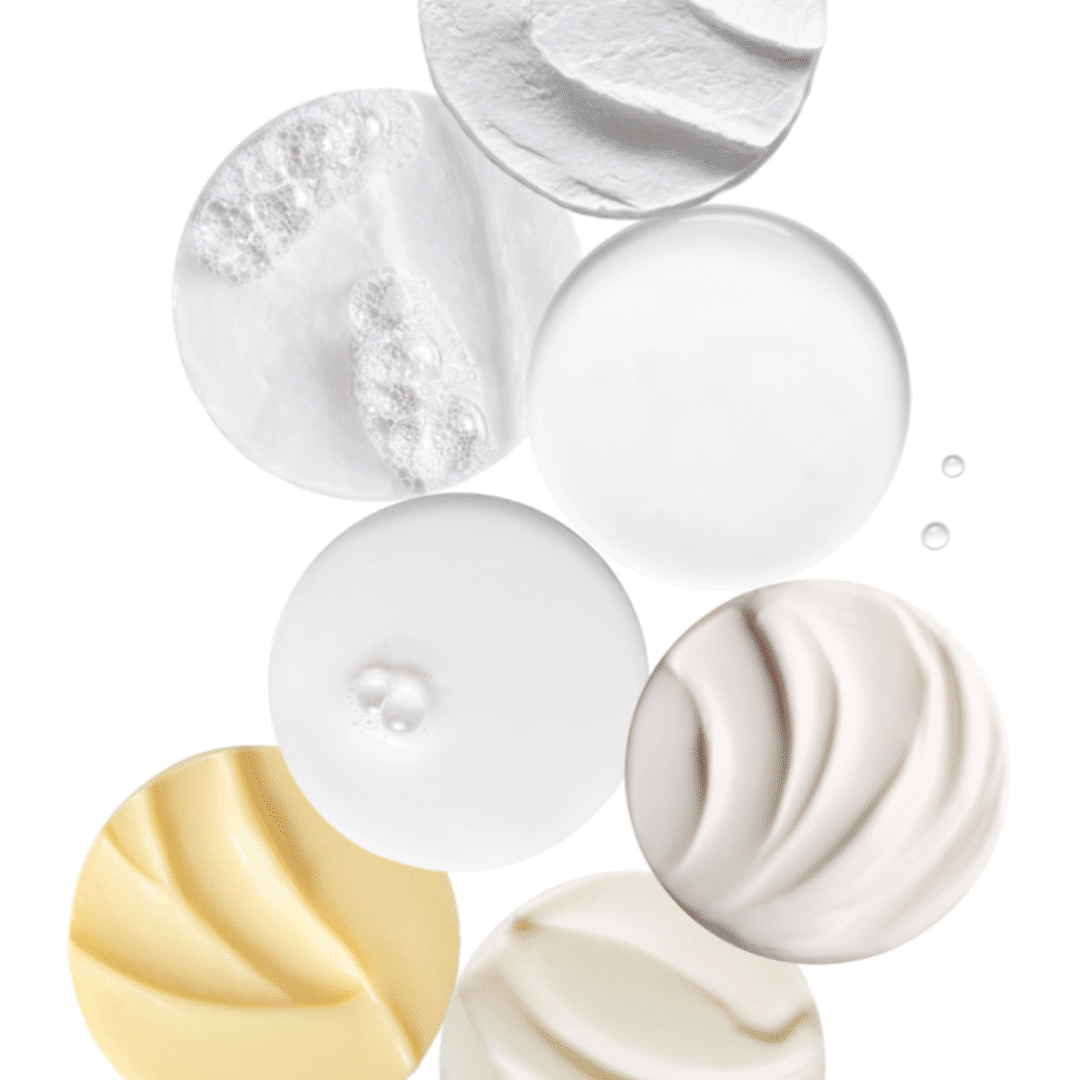
Moisturisers and hydrators both address the significance of ensuring that the skin receives all of the water it requires to combat dryness and dehydration, premature ageing, and environmental damage. The distinction is primarily in how they go about accomplishing these outcomes.
Hydration is the amount of water within the cells that causes them to swell, become plump and bouncy, and reflect light well. If water drains out of the cells and gets dehydrated, they might become shrivelled, resulting in dull skin.
This means that by applying a topical hydrator, you are infusing water into your cells and boosting your skin’s ability to absorb moisture and nutrients.
On the other hand, Moisturizing is the process of trapping and sealing in moisture to construct a protective barrier, prevent water loss, and maintain the skin supple and smooth.
All skin types, not just visibly dry skin, benefit from added hydration. (That’s right: Oily skin and acne-prone skin need hydration, too.) Hydrated skin feels softer and is better prepared to receive skincare products layered on top. In addition, “Hydrated skin acts and looks younger,” says Mary.
Moisturisation helps skin maintain the natural lipid barrier on its surface that keeps water from escaping — or at least slows the process. “Moisturisers include ingredients to lock down hydration,” says Mary.
To look and feel its best, your skin needs both hydration and moisture. Fortunately, multitasking products boost both simultaneously, such as the new Rodan + Fields Active Hydration Body Replenish.
If your skin is prone to dryness, it’s easy to believe that a generous application of moisturiser is all that’s required to restore its plump appearance and youthful glow. Unfortunately, while this may be true at times, it is also likely that your skin is dehydrated rather than dry. And if the latter is true, you’ll need a hydrator to get the job done.
Would you please take notice of your skin’s condition to determine whether it is dehydrated? Our skin has a natural lipid barrier that protects it from injury and loss of water. However, having dry, flaky skin, it’s an indication that your skin isn’t creating enough lipid cells to form a protective barrier, leaving it unable to hold in moisture. This is where moisturisers come in.
Hydration vs Moisturization – The purpose of a moisturiser is to limit the amount of water that evaporates from the skin to lessen transepidermal water loss. Moisturising is especially beneficial for dry and peeling or flaking skin after getting a chemical peel, taking Retin-A, or during the winter.
Meanwhile, if you have a dull and lacklustre complexion, with fine lines and wrinkles becoming more visible, your skin may be dehydrated. Dehydrated skin means that the cells are dry and water-deprived. When this happens, they lose their plumpness and volumization and seem shrunken as a group.
You can have dehydrated but moistened skin or hydrated but dry skin. Pro Tip: Ideally, we want hydrated, bouncy, swelling skin cells with topical moisture sealed in.
If your skin is prone to becoming flaky and dry, your skin barrier may fail to seal in moisture. Moisturizers come in handy here! First, apply moisturizer to your skin to make it look full and bouncy again. This is especially beneficial in the winter when your skin is prone to dryness.
On the other hand, if you find that your skin is dull and that any fine lines and wrinkles are becoming visible, this indicates that your skin is dehydrated. To fight this condition and provide much-needed nourishment to your skin, use a hydrator.
Essentially, you should hydrate a little, moisturize a little, and be good to go — but because everyone’s skin is different, finding the right balance between the two is critical.
Hydration vs Moisturization – If your skin still feels dehydrated, here’s how to tell if you need to increase your hydration, moisturization, or both.
What we put into our bodies has just as much influence on our skin as what we put on it. So water is crucial, and drinking it is the most convenient approach to moisturizing your skin.
When treating your skin from the outside, look for items that will help you through the seasons by keeping your skin’s moisture level regulated.
Try a heavier moisturizer if you have dry skin.
If your skin is naturally dry all year and prone to flake or peel, chances are it isn’t due to weather-related dehydration – your skin has a hard time keeping moisture.
You’ll need to moisturize to form a protective seal on the surface and lock in moisture. A thick, emollient moisturizer will assist keep water from evaporating from your skin. The appropriate formula will give the nutrition and nourishment your complexion requires to thrive all winter.
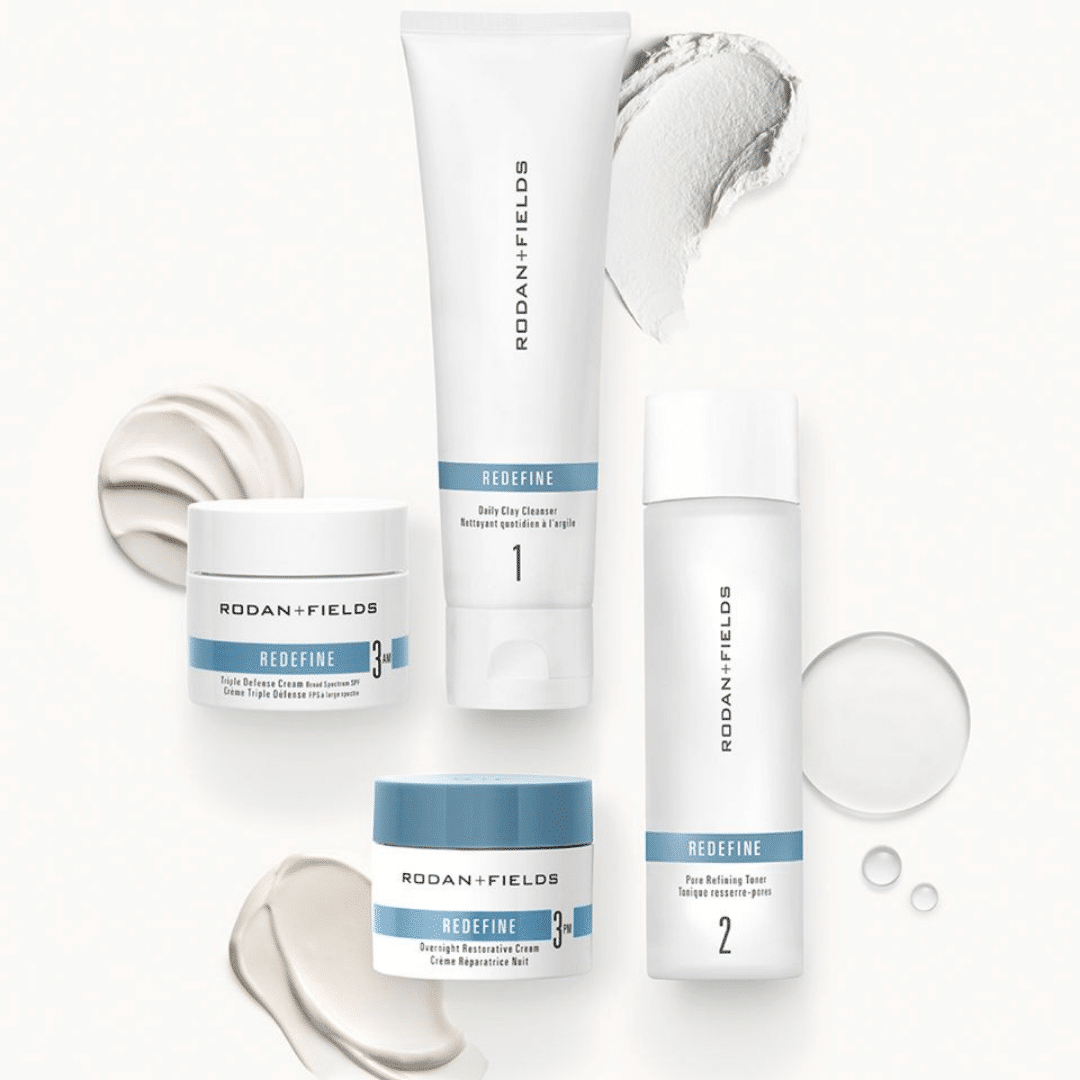
Moisturization
Improved + new! Moisturize deeply with our thick night cream to revitalize the skin’s surface and lessen the appearance of fine lines and deep wrinkles. Furthermore, it now noticeably lifts, firms, and sculpts to improve facial contours. All skin types are suitable, but normal-dry skin is prefered.
Improved + new! Our 2-in-1 creamy daily moisturizer + sunscreen with Peptide Technology + Botanical Extracts nourish to help visibly reduce fine lines, deep wrinkles, and firmness without clogging pores. All skin types are suitable, but normal-dry skin is prefered.
Drinking plenty of water is still the most effective approach to hydrate your skin, but individuals with dehydrated skin may wish to complement it with a topical hydrator that binds and draws water into the cells. Advice Dr Katie Rodan and Kathy Fields.
Hydration vs Moisturization – Natural humectants boost the skin’s ability to hydrate itself over time, so search for products containing hyaluronic acid, such as RP3.
Hydrating components are suitable for all skin types. They are water-soluble, will not clog pores, and should be alcohol-free to avoid aggressively drying out or irritating the skin’s surface.
In terms of formula and ingredients, moisturizers offer a wide range of possibilities. Moisturizers can be light or heavy, and they can be tailored for particular seasons and skin types.
A lightweight gel or light lotion may be appropriate in the humid, warm, sweaty spring and summer months. Still, dry, cold, and windy fall/winter weather may necessitate heavier lotions containing ceramides, oils (coconut, almond), butter (shea or cocoa), or dimethicone.
These components are well-known for their hydrating and nourishing properties and their ability to combat the indications of ageing and free radical damage.
Rodan and Fields offer a Skin Care Quiz to help you choose which type of moisturizer is appropriate for your skin type. A light, oil-free moisturizer, usually in the form of a lotion, is recommended for those of you with acne-prone skin. Get Advice on our products
These contain less oil and more water. A lotion or cream will suffice for mixed skin, whilst dry skin should use a serum or a more emollient cream.
Hydrators and moisturizers should be applied in the morning (before sunscreen) and at night for the greatest benefits.
Hydration vs Moisturization – Why you require it: Well-hydrated Skin appears to be younger. This best-selling serum turns dry skin into younger-looking, younger-acting skin that stays hydrated for up to eight hours*.
*Based on an 8-day clinical and consumer trial conducted in the United States.
There is no gold standard for defining a hydrator and a moisturizer. However, manufacturers generally use these phrases to differentiate how your skin receives the moisture it requires.
Rodan and Fields Active Hydration Contains Proprietary Technology + Key Ingredients

R+F Active Hydration Serum works best when used in conjunction with a moisturizer or other skincare product. After cleaning and toning, apply it. Do not wait for the product to dry before moving on to the next phase in your skincare routine (Step 2 for Soothe, Spotless, and Recharge Regimens, Step 3 for Redefine, Reverse, and Unblemish Regimens).
No. Regardless of age or skin condition, all skin types require hydration to work efficiently. Unfortunately, there is a common misperception that only dry or elderly skin requires hydration, while in fact, all skin types, even acne-prone or oily skin, can benefit from the correct type of hydration.
R+F Active Hydration Serum is non-comedogenic (it will not clog pores) and non-acnegenic (it will not create outbreaks). It self-adjusts to what the skin needs to achieve optimal moisture balance. For optimal results, use once per day in the evening if you have oily skin.
Do I require R+F Active Hydration Serum if I’m already using an R+F moisturizer (for example, Redefine Triple Defense Treatment, Redefine Overnight Restorative Cream, or Soothe Sensitive Skin Treatment)?
The new body cream from Rodan + Fields is a single product that works double-duty. It includes Hyaluronic Acid and Glycerin, super-hydrators that draw water from the atmosphere. Our patent-pending 3D3P Molecular Matrix, a three-dimensional polymer grid, holds these water-attracting ingredients against the skin to deliver instant and continuous hydration.
Rodan + Fields Active Hydration Body Replenish also contains the moisturizing ingredients Coconut Oil, Shea Butter and Vitamin E, which work together to strengthen the skin’s all-important natural barrier.
In combination, these hydrating and moisturizing ingredients visibly transform dull, dry skin. So for radiant, soft and smooth-looking skin, Rodan + Fields Active Hydration Body Replenish is a win-win.
Forward this to a friend who’d like to discover the difference between hydration and moisturization.
Get updated with the latest news about our company’s achievements and activities

Lash Serums That Work and are my favourite – A Review We may get paid a commission if you buy something after clicking on one of our affiliate links here

Rodan and Fields Consultant + Rodan and Fields Find a Consultant Should I join the Rodan Fields Consultant Program? EVERYTHING YOU NEED TO KNOW ABOUT BECOMING A CONSULTANT FOR RODAN
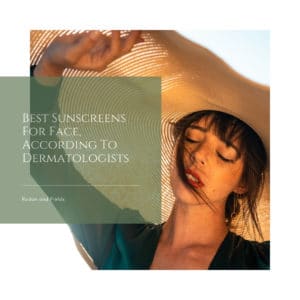
The best sunscreens The Best Sunscreens – so you can be sure you’re getting the best protection possible. AAW Your ultimate guide to the Best sunscreens CHICHI KAWA – Summer

My best hair care products We may get paid a commission if you buy something after clicking on one of our affiliate links here on the site on the best
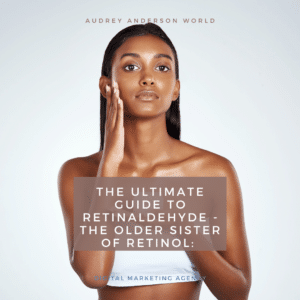
Retinaldehyde The Ultimate Guide to Retinaldehyde – the Older Sister of Retinol: The type of retinoid you use matters if you are looking for a retinoid to treat acne, premature

My 11 Favorite Google Apps For Business If you haven’t already, I invite you to check out the G Suite platform for your business and my Favourite Google Apps For

Direct Selling News Celebration for Rodan and Fields Direct Selling News – A Season of Transformation and Celebration for Rodan + Fields ( Direct Selling Association DSA) Original Article BY

Social Media Marketing Guide: A Comprehensive Overview of the Step for Success You probably think of grand strategies and epic campaigns when social media marketing. You think of big budgets

Semantic SEO – Answering Your Questions 8 Techniques To Improve Your Search Engine Rankings Semantic SEO – This post will show you how to use SERP data to develop Content
